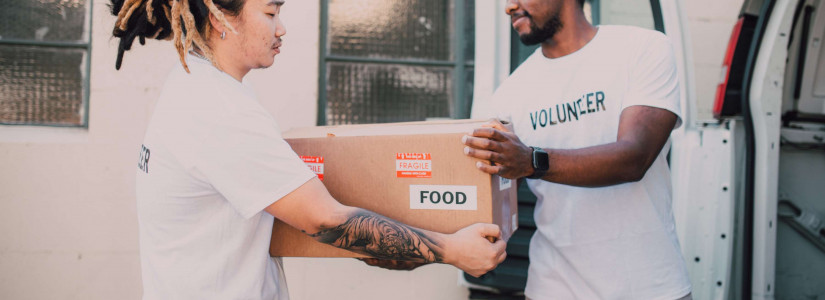The Reasoning Behind the Changing Mask Rhetoric
When it comes to one's general health and wellness involving the global pandemic of the novel coronavirus, we hear a whole lot of media points that constantly change like the weather. For instance, right-wing media lashes out at left-wing media, and vice versa, with each side claiming that the other is pushing false propaganda. Nowhere do we see this dividing line more clearly than with the issues of masks and their effectiveness. But what is the reasoning behind all of this?
The average person in any average town in America can go out for a necessity trip and run across two conflicting messages at two different stores, and they might be right beside each other. One might have a maze of railing set up to direct people in and out the proper way, and a sign that you must be wearing a mask to enter. The other, however, places no emphasis on the mask and allows people to waltz right in without one. So a lot of people want to know what's happening here with all of this mask hysteria and all of the information (or misinformation) being pushed about masks.
It really all started back in February when the World Health Organization (WHO) claimed that the novel coronavirus could not be transmitted human to human. Whether they were covering for China's misinformation or were simply wrong remains to be seen, but this is where it all started. Because the WHO has literally one job, while politicians and doctors have many more, the entire world took its cue from the WHO and decided that masks were pointless, because the WHO said so.
So, at the time, the vast majority of mainstream media were calling people hysterical for wearing masks. CNN, MSNBC, Vox, among other outlets, said that the world was overreacting to the coronavirus and there was no reason to wear masks. This even made its way to politicians, as President Trump didn't take it seriously, and Bill De Blasio in New York, and Nancy Pelosi in California, were urging their citizens to mingle in the streets and celebrate, claiming that the coronavirus would not be of a large concern.
And it's because of that information that some experts suggest gave rise to the doom and gloom hysteria we see from media today. Because they were so wrong, though would never go against their business model to admit any wrongdoing, they're busy pushing panic on people and demanding masks. Though, again, this is only media following the WHO, who were initially wrong in their assessment.
It's a very odd thing that happens, when media seek to push things as scientific, bereft of all scientific training or education. It leads to the sort of mess where store A requires a mask, and store B doesn't, so there's no consistency at all in the messaging.
The Untold Truth of "Science"
Science is a methodological approach, a system, whereby models of predictive utility are created that mirror reality. This cannot be done in any short order. There was no way for the WHO, Dr. Faucci, or anyone else to relay accurate information about Covid-19 in that short amount of time. So what they were doing was offering an opinion. And while an opinion from actual medical professionals might carry more weight than from people who have no scientific training, it's not anything one could call "science." The problem, of course, is that media does call it science. Every single time. Every time one of these organizations or professionals has an opinion, media run with it like wild, call it science, and people still tend to trust media, and so the hysteria takes off.
The real issue here is with the way the information is received by those relaying it. Media personnel went to college for degrees in journalism. Other than the proverbial frog dissection in high-school biology class, they likely haven't the slightest idea about anything scientific. So when they hear a medical professional say something, they never bother to check it. They never put it under any scrutiny. They never ask questions about its validity. If a medical professional said it, it's therefore "science," they tell millions of people about what this "science" has discovered, as if science is one giant monolith that runs on people's opinions.
We're dealing with these issues today like the uncertainty of the effectiveness of masks because media doesn't understand science. It's hard to hold the public at fault when the people tasked with giving accurate information cannot seem to do so.

















